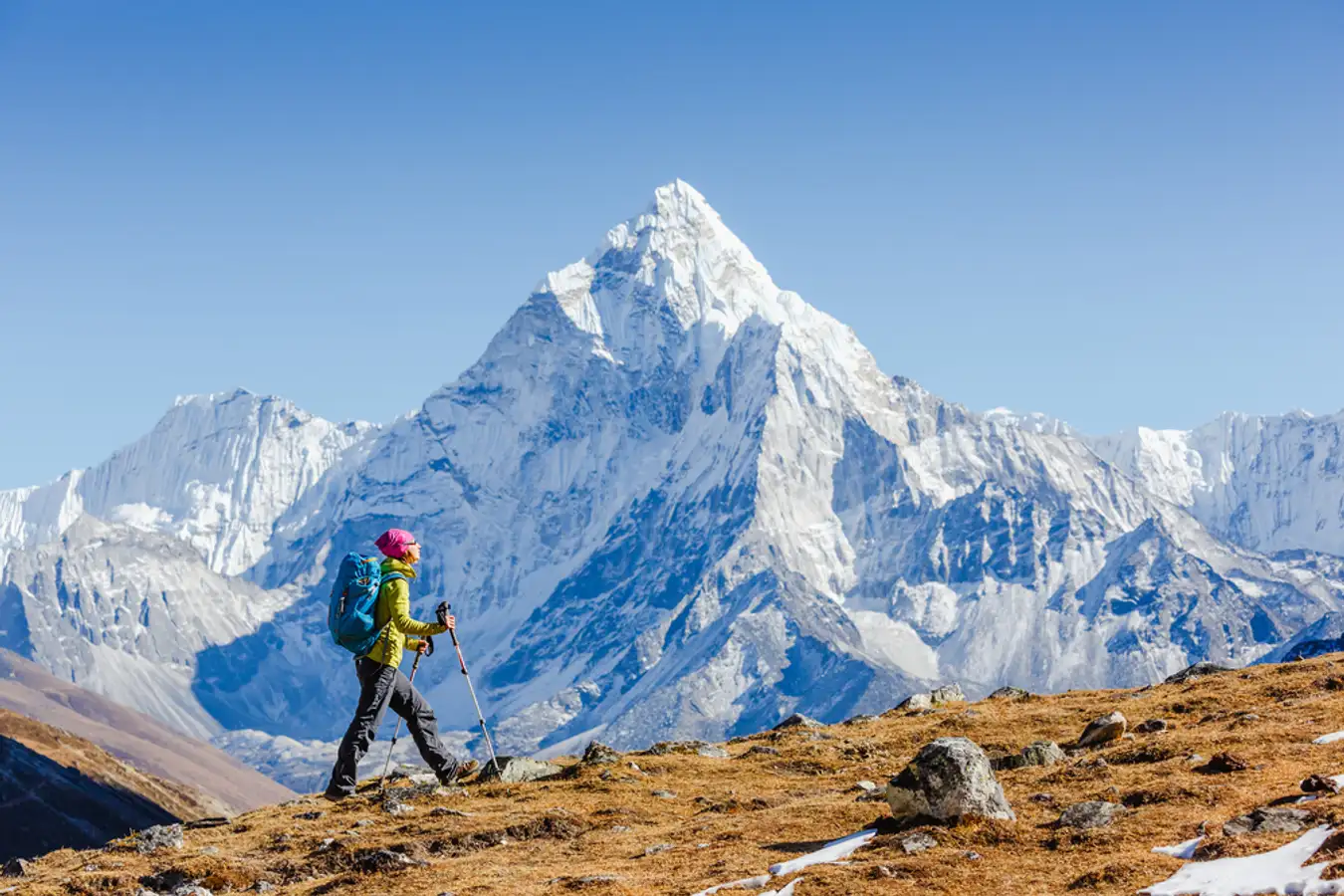weatherontheair.com – The Himalayas, often referred to as the “Roof of the World,” is a mountain range in South Asia separating the plains of the Indian subcontinent from the Tibetan Plateau. This majestic range is home to some of the world’s highest peaks, including the highest, Mount Everest, which soars to a staggering height of 8,848.86 meters (29,031.7 feet). The Himalayas stretch across five countries: Bhutan, India, Nepal, Pakistan, and China, and are not only a natural wonder but also a cultural and spiritual landmark for millions of people.
The Geological Marvel
The Himalayas are a testament to the dynamic forces of the Earth. Formed by the collision of the Indian Plate with the Eurasian Plate, this geological process began around 50 million years ago and is still ongoing, making the Himalayas a relatively young mountain range in geological terms. This continuous process has led to the uplift of the mountains and the creation of some of the most breathtaking landscapes on the planet.
Biodiversity and Ecosystems
Despite the harsh conditions, the Himalayas are home to a rich variety of flora and fauna. The range supports numerous ecosystems, from the lush subtropical forests at the base to the high-altitude tundra near the peaks. The region is home to endangered species such as the snow leopard, the Himalayan black bear, and the red panda, as well as a plethora of bird species. The Himalayas also play a crucial role in the water cycle, acting as the source of several major rivers in Asia, including the Indus, Ganges, and Brahmaputra, which are vital for the survival of millions of people.
Cultural and Spiritual Significance
For many, the Himalayas are more than just a mountain range; they are a place of spiritual significance. The region is home to numerous monasteries and pilgrimage sites for Hindus, Buddhists, and Jains. The serene environment and the majestic peaks have inspired countless seekers and spiritual leaders over the centuries. The Himalayas are also a source of cultural identity for the diverse ethnic groups that inhabit the region, each with their unique traditions, languages, and practices.
Adventure and Exploration
The Himalayas offer unparalleled opportunities for adventure and exploration. Mountaineering, trekking, and hiking are popular activities that attract thousands of visitors each year. The challenge of conquering the highest peaks, including Mount Everest, has become a symbol of human endurance and spirit. However, the Himalayas also demand respect; the harsh weather conditions, high altitude, and rugged terrain make it a formidable environment that requires preparation and caution.
Conservation Efforts
With increasing human activity and climate change, the Himalayas face numerous environmental challenges. Glacial retreat, deforestation, and pollution threaten the delicate ecosystems and the water supply for millions downstream. Conservation efforts are crucial to protect this natural wonder. Initiatives include the establishment of national parks and reserves, sustainable tourism practices, and community-based conservation projects.
Conclusion
The Himalayas are more than just a mountain range; they are a symbol of the Earth’s natural beauty and power. They offer a glimpse into the planet’s geological history, support a rich tapestry of life, and hold a special place in the hearts and minds of people around the world. As we continue to explore and learn from this majestic range, it is our responsibility to ensure that the Himalayas remain a source of wonder and inspiration for generations to come.
